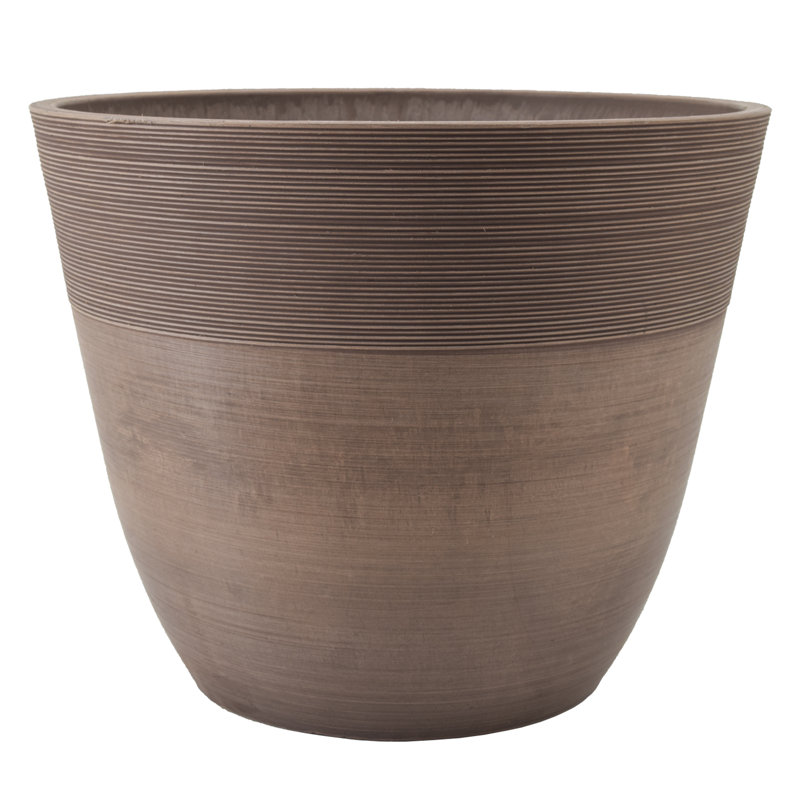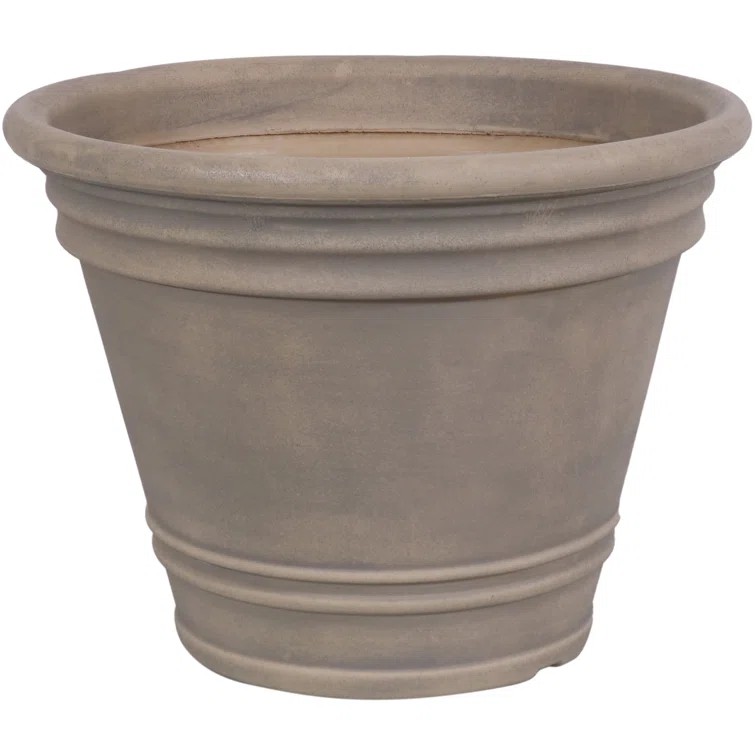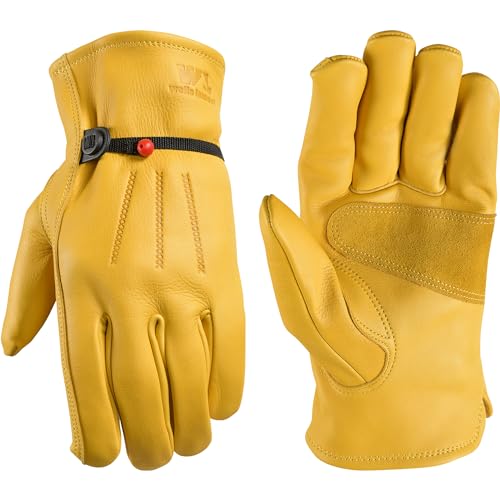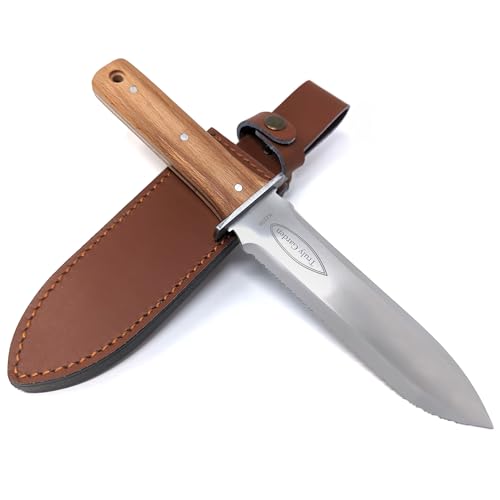5 shrubs that thrive on neglect – expert recommendations for low-maintenance, fuss-free plants
These easy-going shrubs are perfect for both beginner and master gardeners

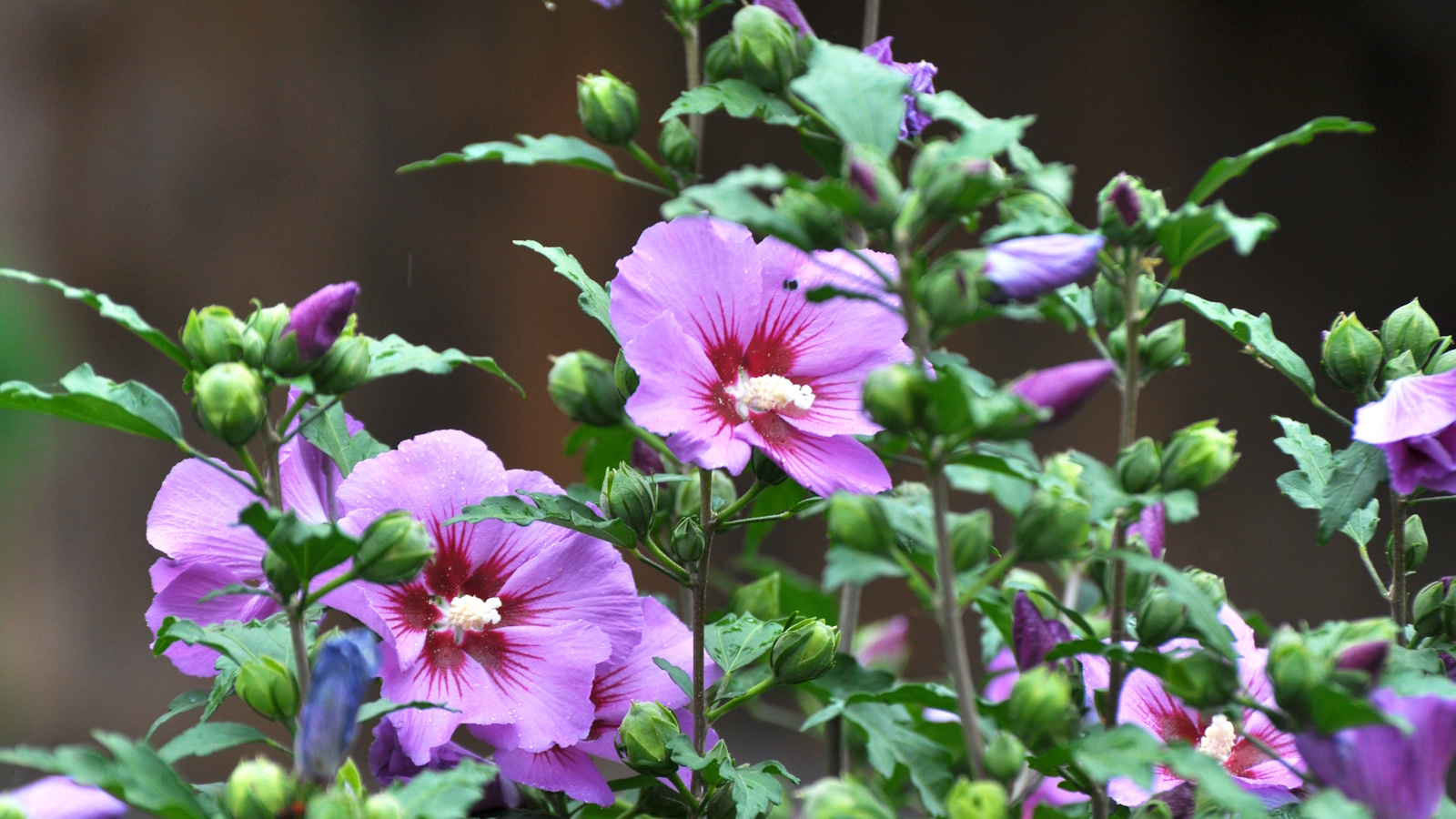
Not every shrub in the garden needs to be center stage. In fact, over the years, I’ve learned to appreciate the tough, quiet workhorses; the ones at the back of the border that just get on with it. They don’t ask for much, and return year after year. These resilient shrubs deserve more attention, especially from time-poor gardeners or those just getting started.
Take my dad’s old camellia, for example. It’s been sat at the back of our family garden for as long as I can remember, mostly ignored and half-forgotten, yet every January it bursts into flower. These are the kinds of plants I think we should celebrate more. They absolutely earn their place in any yard.
So, if you’re after some of the best low-maintenance shrubs that can handle a bit of neglect, this list is for you. These shrubs that thrive on neglect are ideal for busy gardeners or anyone looking for dependable structure and color this year.
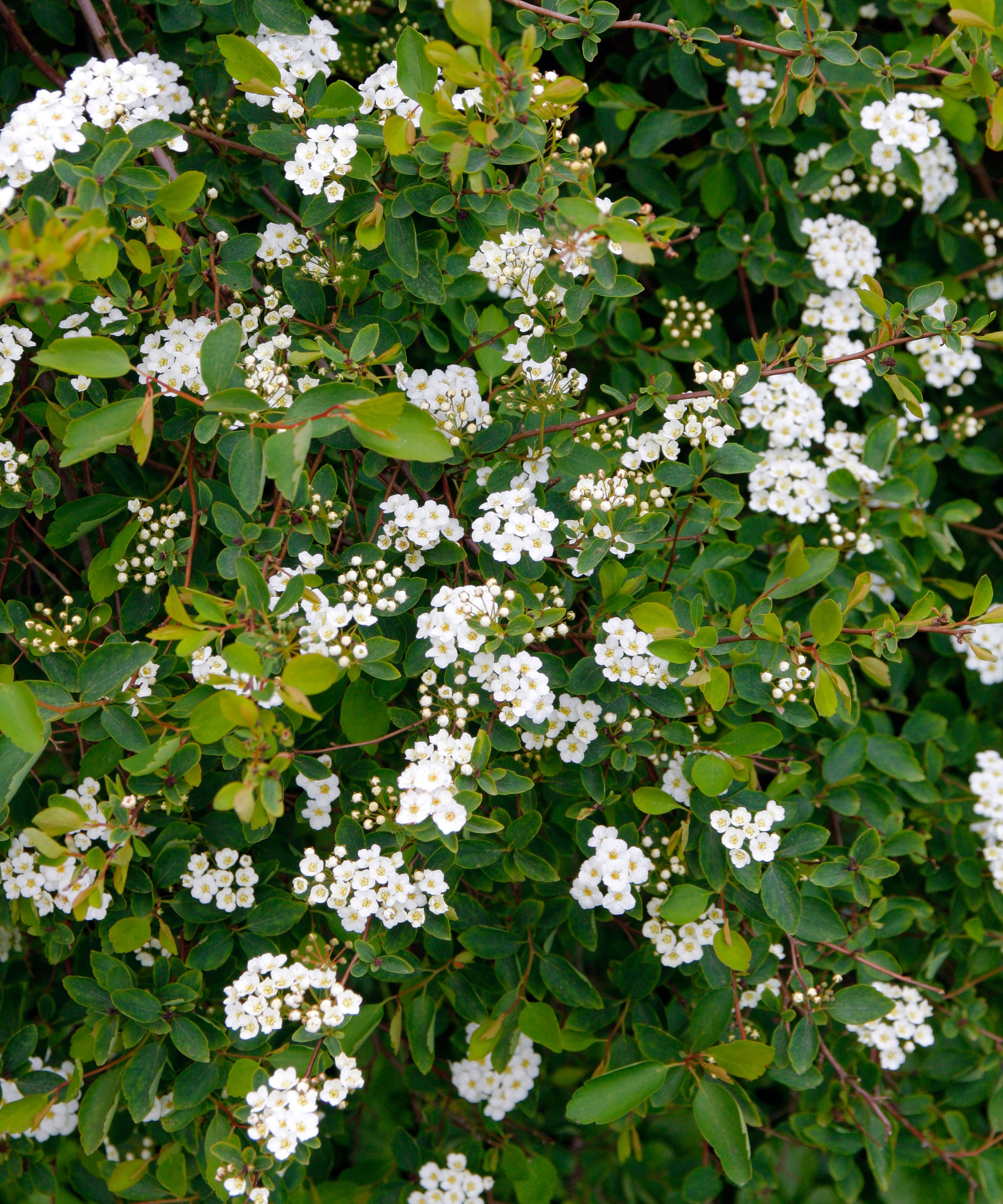
5 shrubs that thrive on neglect
There’s no such thing as zero-maintenance plants. All plants will need a little TLC now and then, but the following options are as close to hands-off as you can get.
While care will vary depending on where you live and your US hardiness zone, once they’re established, these shrubs will manage without regular watering, feeding, or pruning. That said, an occasional tidy-up or mulch won’t go amiss, and might just help them thrive for years to come.
1. Rose of Sharon
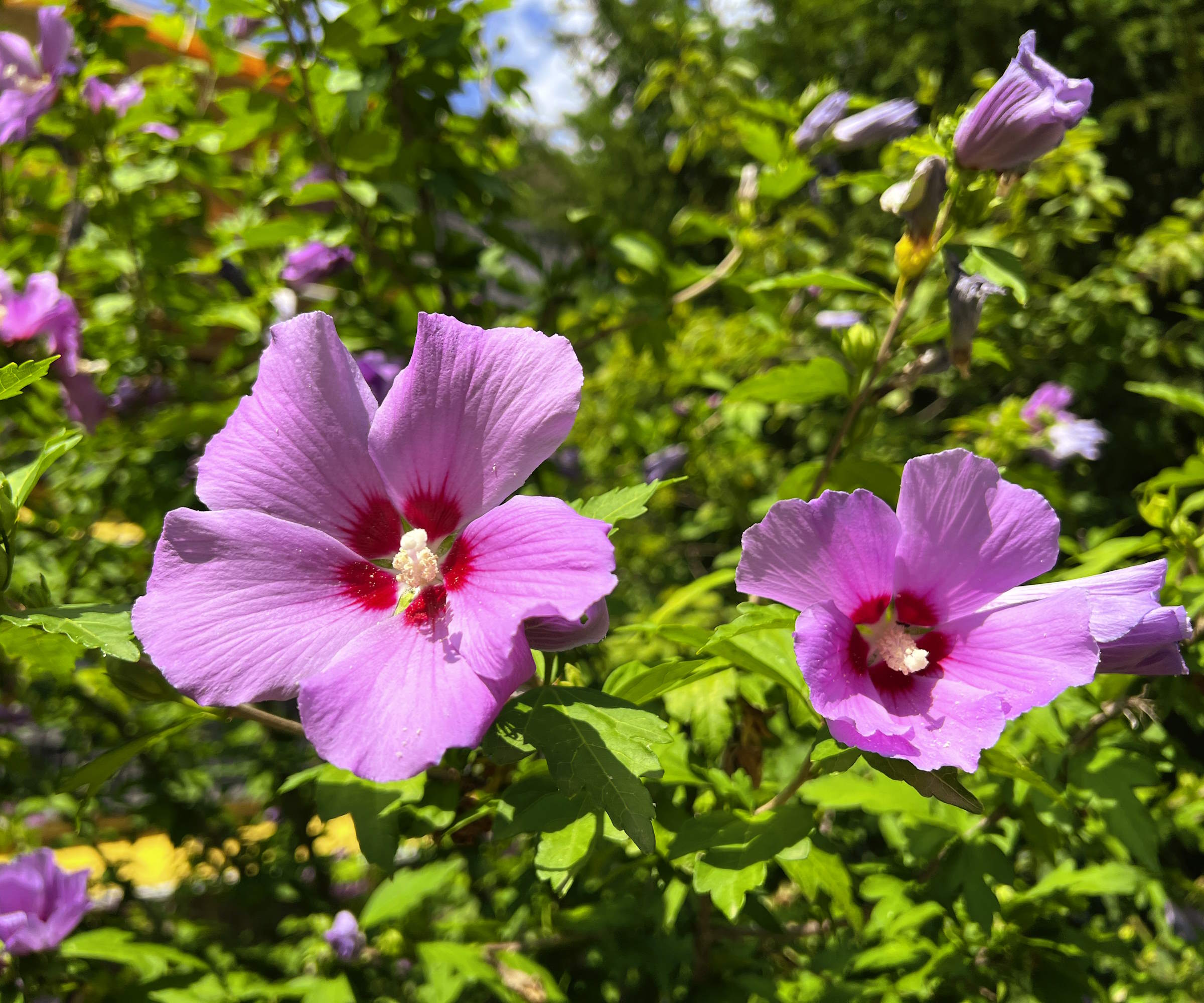
'In my garden center, I am always looking to supply shrubs and perennials that thrive on neglect, that are hardy, tough, and easy-going for gardeners,' says Tricia Hunt, plant expert and owner of Millstone Nursery.
'Perennial hibiscus varieties, especially the rose of Sharon, Hibiscus syriacus, undoubtedly hit this brief.
Design expertise in your inbox – from inspiring decorating ideas and beautiful celebrity homes to practical gardening advice and shopping round-ups.
'In terms of how to grow hibiscus, perennial species like the rose of Sharon are suited to zone 4 to zone 9, ideally in a sunny spot, but they will tolerate part-shade too.'
If you are a fan of wild gardening, plant your rose of Sharon towards the back of the border or in a loose hedge.
I have grown these previously and left them unpruned for one or two years, although you should deadhead hibiscus flowers, to prevent these self-seeders from taking over.
Indeed, in some states, where the growing conditions are just right, this self-seeding can be a problem, and is reported as invasive in some eastern areas, including Virginia. For this reason, it is best to contact your local government office before planting this shrub.
Once established, they are virtually pest-free (deer tend to leave them alone), and they cope well with drought.
Rose of Sharon live shrubs are available from Nature Hills.
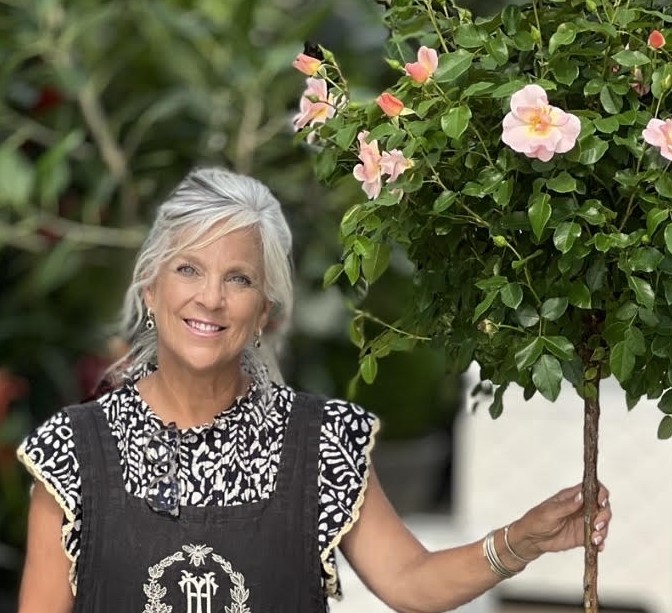
Tricia is the owner and operator of Millstone Market & Nursery, located in the heart of Germantown, Tennessee. Her sweet, Southern-instilled attention to customer service has grown her one-of-a-kind garden center into a destination.
2. Spiraea
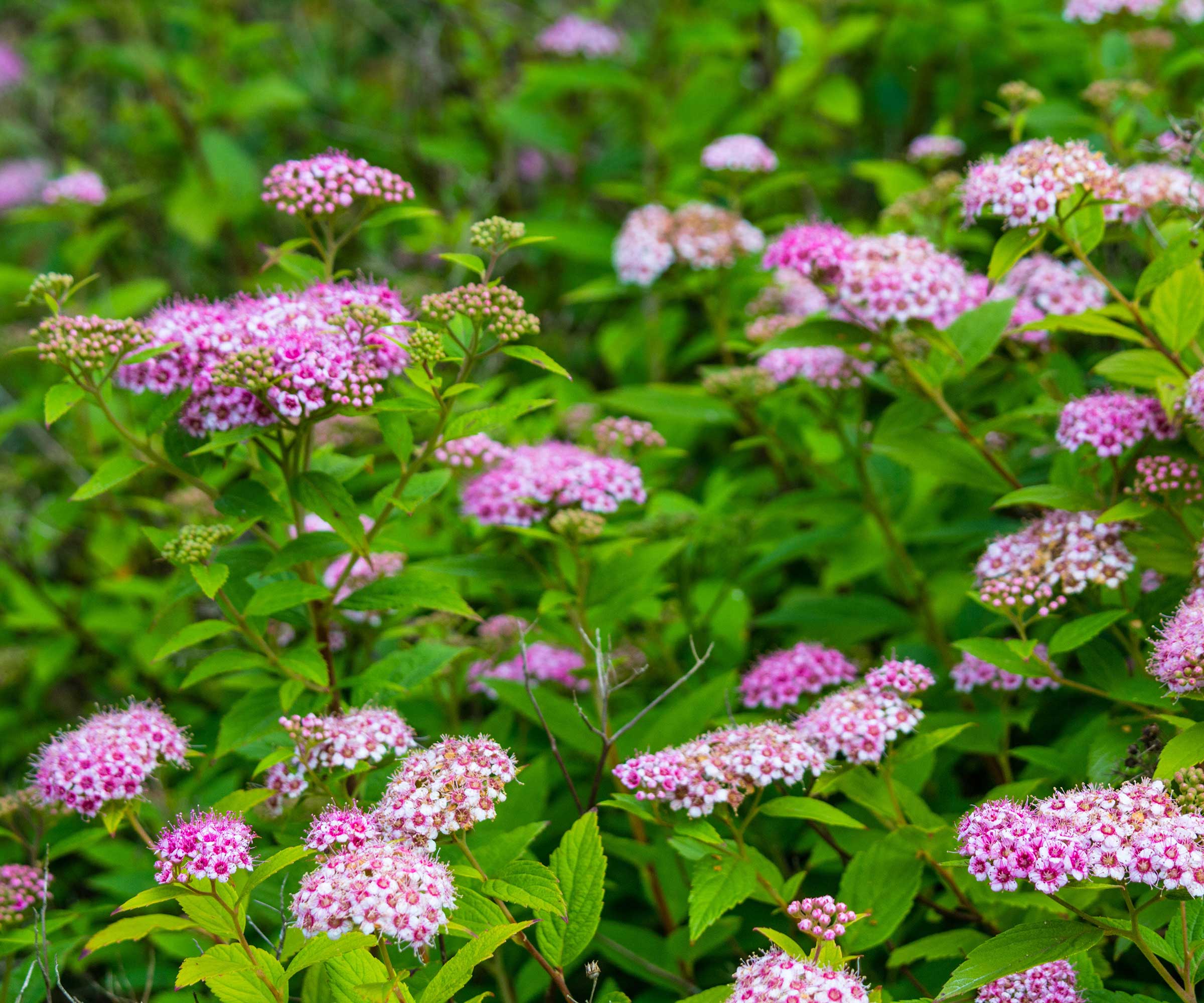
Spiraea, also known as spirea, are some of the easiest shrubs to grow. They are remarkably cold-tolerant, and most spiraea varieties can be grown down to zone 4 or even zone 3.
Often considered one of the best fragrant shrubs, many spiraea varieties produce scented blooms, including the 'Bridal Wreath' and 'Birchleaf' varieties, which have sweet and spicy aromas.
Spiraea will grow in most yards, so long as the soil is not waterlogged or overly parched. They can be planted in either full sun or part shade, but remember that the more sunshine your plant enjoys, the more blooms it will produce.
Another plus for low-maintenance gardeners is that even if you only prune spiraea once every few years, it will not outgrow its space.
3. Buttonbush
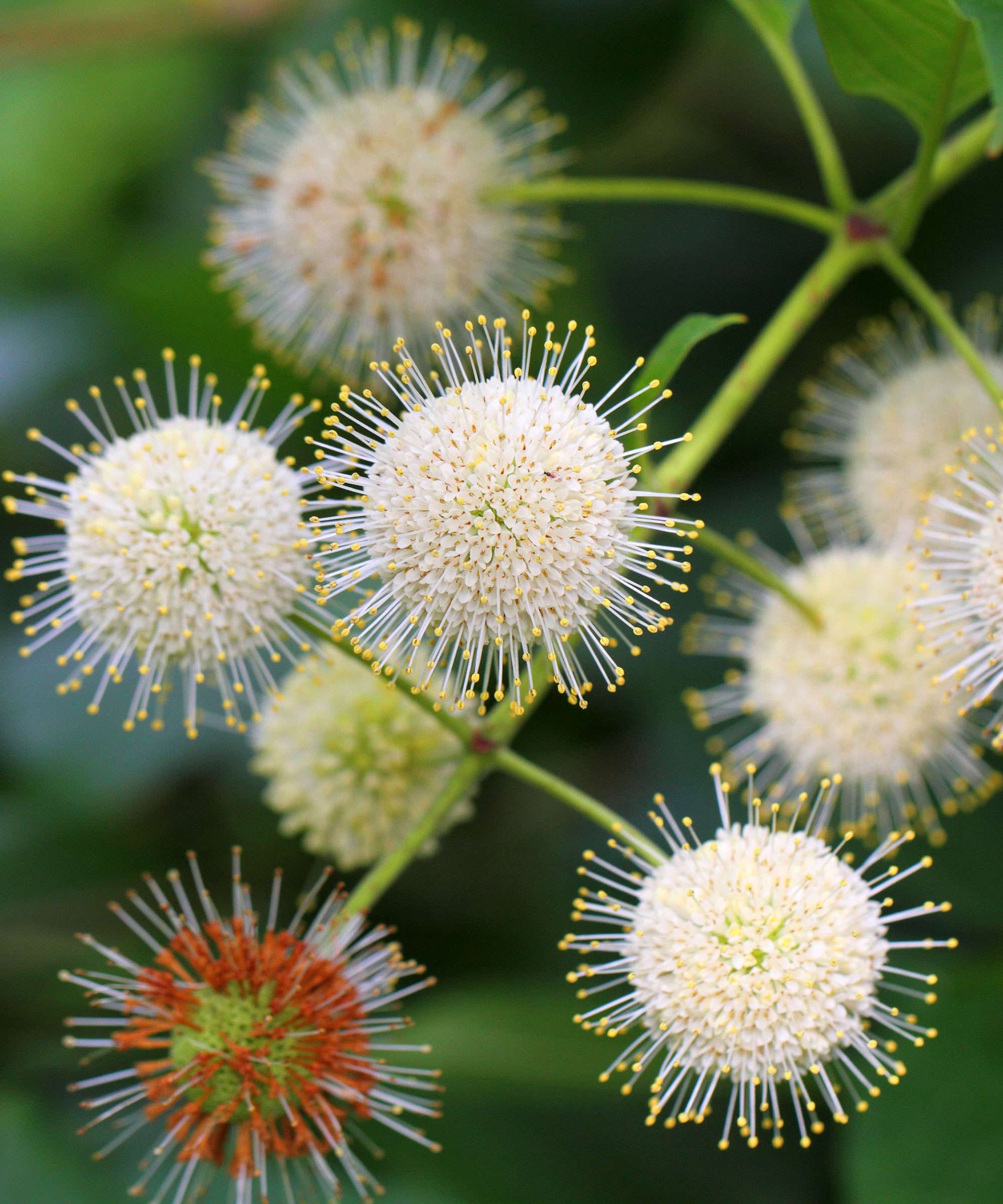
'Buttonbush, or Cephalanthus occidentalis, is a remarkably adaptable native plant that thrives in tricky situations,' says Tabar Gifford, plant expert and American Meadows master gardener.
'These fast-growing shrubs are fairly versatile, but will thrive in damp to wet, partially shaded conditions and bring high ecological value to the garden.
'Buttonbush naturally occurs along the edges of lakes, rivers, and wetlands, making it a standout choice for rain gardens, soggy low spots, or areas near water features.
'As you can see in the image, their mid-spring to summer blooms are unlike anything else in the landscape: spherical, white flower heads that resemble pincushions and are packed with nectar-rich tubular florets.
'These unusual blooms attract a wide range of pollinators, including native bees, butterflies, skippers and even hummingbirds.
'Growing best from zone 5 to zone 10, buttonbush shrubs have a mature height of four to eight feet, with an impressive spread of up to 12 feet,' Tabar continues.
'Buttonbush is also deer resistant, and once established, it tolerates a wide range of soil types, including clay and even standing water, making it an ideal solution for tough yards.'
Live buttonbush shrubs are available from Amazon.

Tabar is the Customer Experience and Partnership Cultivator at American Meadows and High Country Gardens. Tabar is also a Master Gardener and dedicated “plant geek,” who has a lifelong love for gardening and nature and a background in environmental studies. She gardens in zone 4 in Vermont.
4. Elderberry
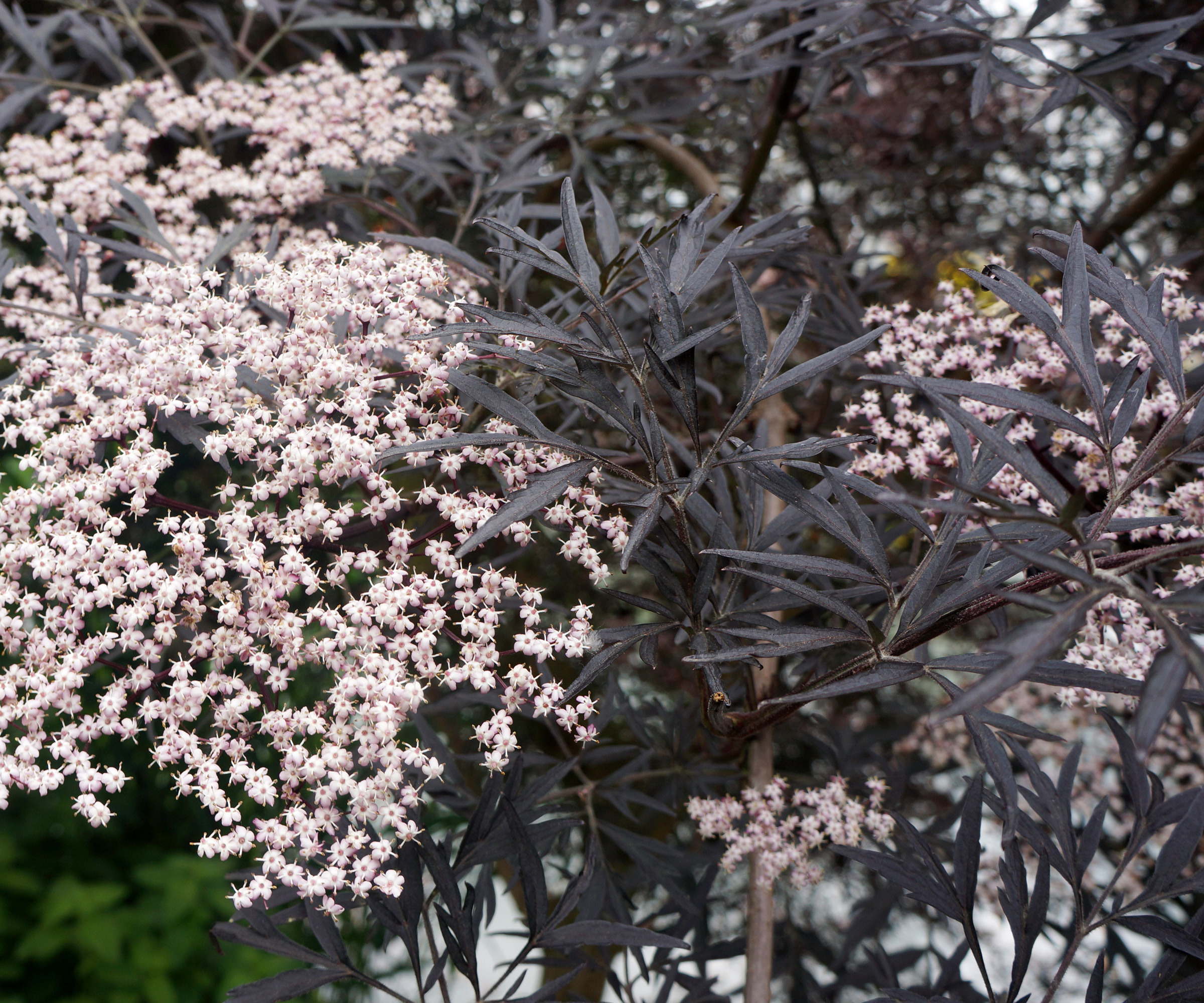
Elderberry, Sambucus spp., is one of those shrubs I love recommending to gardeners who want beauty and practicality without much effort.
In terms of elder care and growing, it thrives with very little attention, so it is ideal if you are seeking low-maintenance garden border ideas.
I’ve grown it in wild borders and as a privacy hedge; it can fit in anywhere, with any aesthetic, both free and natural or more formal and restrained.
The feathery foliage looks good from spring to fall, and come summer, it produces frothy white flowers followed by dark purple berries that birds adore.
It’s hardy down to zone 3, although in milder regions you can consider it an evergreen shrub, retaining some (but not all) of its foliage if the winter is not too cruel.
And, if you need any more convincing, it can handle poor soil and dry spells, just be sure to give it a good amount of water in the first year to help it settle.
Live elderberry plants are available from Amazon.
5. Clethra
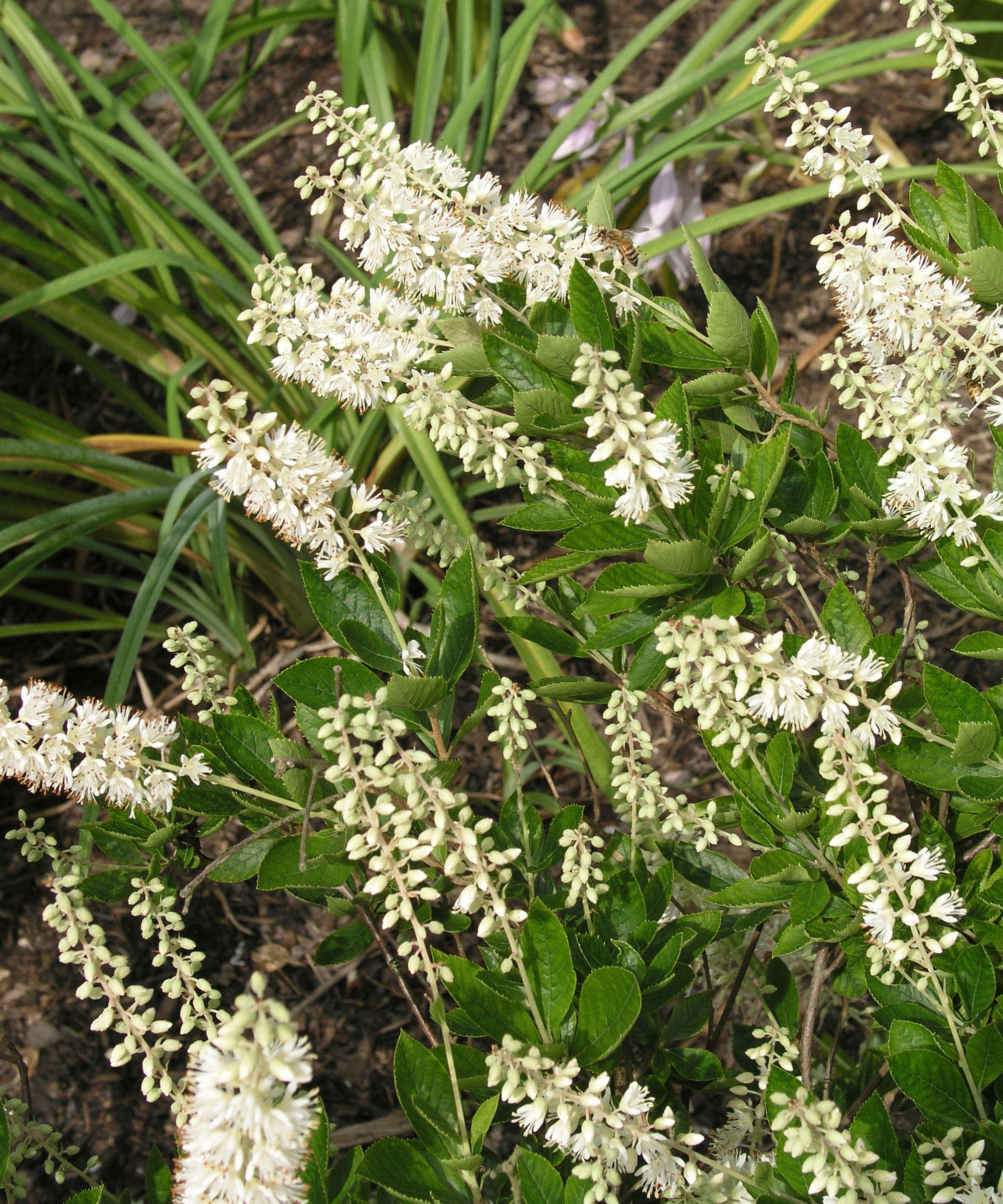
'Clethra alnifolia, commonly known as summersweet, is an outstanding shrub for damp and dark corners of your plot, especially where soil moisture and acidity are consistent,' says Tabar.
'Native to the eastern U.S., clethra are naturally found along stream banks, swampy woodlands, wetlands, and coastal areas, making them top shrubs for under trees or for other challenging spots in the yard.
'Hardy down to zone 3, clethra are very adaptable shrubs that can thrive in partial shade but are also fine with full sun or deeper shade, provided soil moisture is maintained.
'Additionally, clethra are deer resistant shrubs, and while they may send up root suckers, these can be easily trimmed to maintain a tidy form or left to naturalize into a thicket,' Tabar adds.
'One exceptional compact cultivar is ‘Ruby Spice’, which stands out with its rich rose-pink flower spikes, a beautiful departure from the typical white flowers of the species.
'These blooms release a sweet, spicy fragrance and are highly attractive to butterflies, hummingbirds, and native bees.'
Live clethra plants are available from Walmart and can be planted during spring or early summer.
FAQs
Are camellias low-maintenance shrubs?
Camellias are relatively easy shrubs to grow and look after. However, following a few simple rules will help your flowering plants thrive. While low-maintenance, it can help to complete some deep watering during very hot summers. Most camellia varieties are drought-tolerant once established, but dry summers can lead to poor flowering the following year. Other than that, I usually find camellias very easy to grow.
Try this pink-flowering 'High Fragrance' variety for a scented, dramatic addition to your plot, with live camellia plants available from Perfect Plants Nursery.
For other unfussy shrubs that thrive on neglect, consider adding one or two other native stalwarts. One of my favorites from North America is ninebark, or Physocarpus, which has the most unusual peeling bark and rich foliage. This resilient shrub needs little attention, but gives plenty in terms of foliage and flowers.
For more inspiration, see our guide on the best shrubs and trees with unusual bark, and fill your borders with unique species this year.
Shop shrub accessories

Thomas is a Content Editor within the Gardens Team at Homes and Gardens. He has worked as a professional gardener for both public spaces and private estates, specializing in productive gardening, growing food and flowers. Trained in Horticulture at the Garden Museum, he has written on gardening and garden history for various publications, including The English Garden, Gardens Illustrated, Hortus, The London Gardener and Bloom. He has co-authored a Lonely Planet travel book, The Tree Atlas, due out in 2024.
